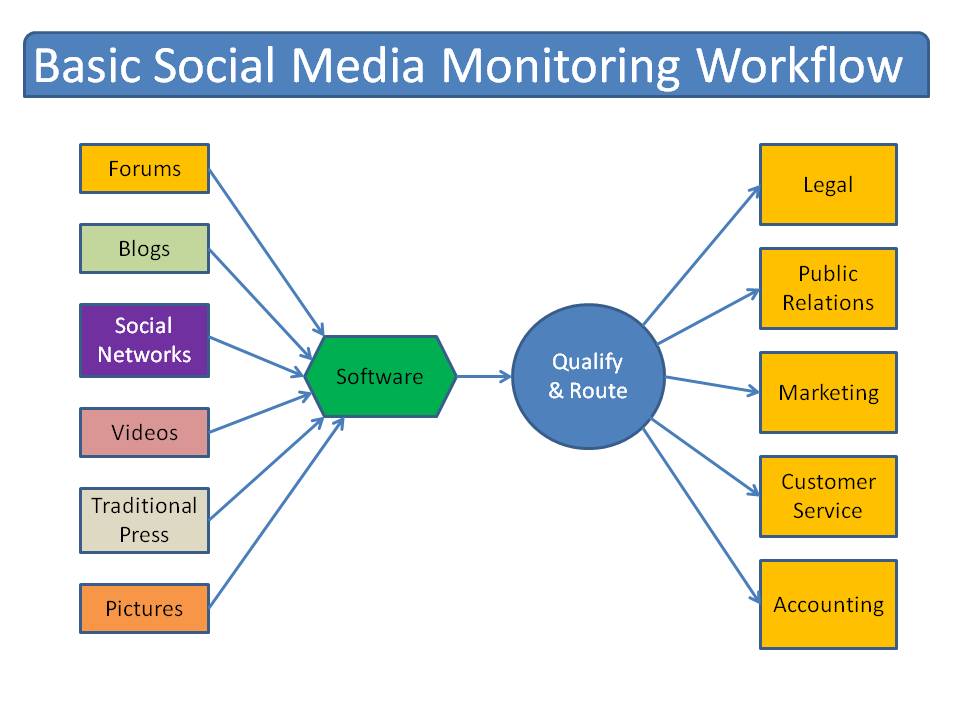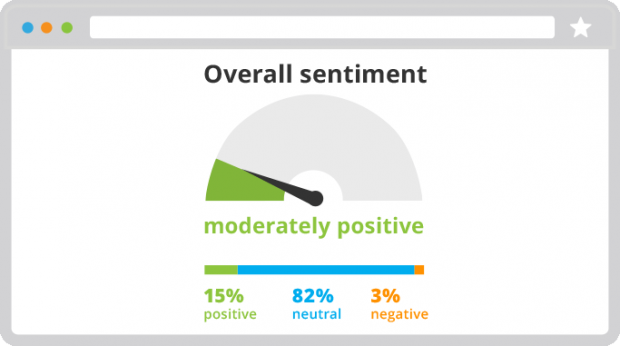When it comes to digital platforms in general, and social media in particular, brands are often focused on what they put out: the updates they post, the content they develop, and the messaging they deliver.
This makes sense, of course. Digital platforms enable businesses to speak directly to audiences. In order to do so effectively, it’s necessary to focus on having a strong voice and a regular cadence.
However, in striving to be heard, brands often forget to pay attention to what people are saying. That’s a big mistake, since social media listening and monitoring can be immensely powerful.
Why exactly are these approaches so great? What’s the difference between listening and monitoring? How can you execute them efficiently and at scale?
Here are the essentials that every brand should know.
What are social media listening and monitoring? Is there a difference between the two?
While they sound similar, social media listening and social media monitoring are not in fact the same.
The precise differences between the two vary depending on who you ask. Essentially social media monitoring is focused on identifying what’s being said by individuals online and responding to those specific posts if necessary. Social media listening aims to identify broader learnings from many conversations.
Basically, social media monitoring is micro (monitoring what individuals are saying). Social media listening is macro (listening broadly to assess sentiment).
However, brands often use the two terms interchangeably, which can complicate things. Given that, it can be helpful to simply think of them as part of the same strategy. They both observe what’s being said about your brand online in order to gain insights and take action.
What exactly is listening and monitoring?
Another complication is that both “social media listening” and “social media monitoring” aren’t necessarily just about social media. Both approaches encompass not only social networks (Facebook, Twitter, Instagram, etc.) but also other digital channels such as content sites and review platforms.
Moreover, even on social media there are many different conversations and engagements that can be monitored/listened to. This can include posts, comments, replies, shares, reshares, and likes.
So, when tackling social media listening and social media monitoring, think broadly. These approaches are not just narrowly focused on social media posts; they can deliver insights from across the internet.
How does the magic happen?
Brands can tackle very simple social media monitoring manually. It is possible to have someone regularly check a few online platforms to look for brand mentions. However, more complicated social monitoring—and almost all social listening—requires automated systems.

That’s because of scale. Given how many people use the internet, and how much is happening online every moment, it’s impossible for humans to keep up. And even if a team of people could somehow collect all that data, everything would still need to be processed.
Automated systems enable both collection and analysis at scale. They are able to constantly crawl social networks and websites for conversations. These can be related to things like brand names and product shout outs which then deliver clear learnings.
Some of these systems are standalone tools while others are integrated into bigger platforms. These bigger platforms handle tasks such as social media management, reputation management, customer service, and analytics.
What are some of the benefits of social media listening and monitoring?
At a micro level, social media monitoring and social media listening can identify what’s being said by individuals online. This can power much faster and better customer service, enabling you to quickly understand the specific issues people are facing and address them.

Beyond that, social media monitoring and listening can deliver a wide range of broader insights, including:
- Sentiment: Understand how online audiences feel about your brand, products/services, and marketing;
- Trends: Discover what’s happening in the zeitgeist related to your brand and your products/services;
- Competitive data: See what people are saying about your competition and identify areas of advantage/disadvantage;
- Crisis identification and management: Quickly flag major issues impacting your brand and keep track of how audiences are responding;
- Partnership and sales opportunities: Identify superfans and influencers who can help amplify your messaging. Discover individuals and groups interested in your brand;
- Product/service and marketing development: Gain an understanding of how people think your products/services and marketing messaging can be improved.
What are the keys to success?
Getting the most out of both social media listening and monitoring requires effort. It’s not enough to simply sign up for a service and set it loose. You need a solid strategy and skillful execution to gain truly valuable insights.

In order to consistently succeed with your listening and monitoring programs, it’s helpful to keep these four things in mind:
- Have clear goals: Before you do anything take a step back and determine what you want. Are you seeking to improve your customer service? Products/services? Marketing? Setting clear goals will enable you to focus your efforts and choose which tools to use.
- Go both broad and deep: Social monitoring and listening tools are immensely powerful. You should make full use of their capabilities. Make sure to go broad with your efforts (across social networks, online sites, etc.) and deep (monitor a lengthy list of brand terms, hashtags, competitors, etc.).
- Try different systems and approaches: As with anything, getting social media listening and monitoring right takes time. Try a range of different tools to see which best meets your needs and continually refine your strategy to gain the insights you want.
- Have a plan for what to do with insights: When developing your social media listening and monitoring programs, don’t just consider the before and during; also plan for the after. Have a plan in place—including staff time and budget—for what you’ll do with the learnings. Ultimately, all those insights aren’t valuable if you don’t use them to help your business.
Image by Joseph Mucira from Pixabay





Join the conversation